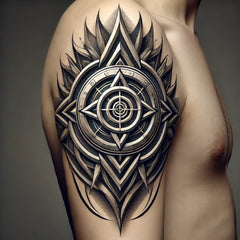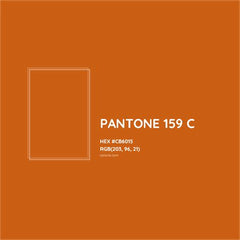Your cart is empty now.

Types of Trademarks - what can be protected
- 03 April, 2024
- Nyall Engfield
In the United States, trademarks play a crucial role in protecting a company's brand identity and ensuring that consumers can distinguish between different businesses and their products or services. The United States Patent and Trademark Office (USPTO) recognizes several types of trademarks, each catering to specific needs and offering varying levels of protection.
1. Standard Character Marks
A standard character mark, also known as a word mark, protects the textual element of a trademark without regard to font style, size, color, or design. This type of trademark provides broad protection for the word(s) itself, allowing the trademark owner to use the mark in any visual format while retaining exclusive rights. For companies with a distinctive name that they wish to protect across various mediums, a standard character mark is often the best choice.
2. Design Marks (Logos)
Design marks, or logos, protect specific stylized features, including graphical elements and stylization of text. Unlike standard character marks, design marks protect the appearance of the mark as it is submitted. This means the protection is limited to the mark's particular stylization or design. Companies looking to protect a unique logo or a specific stylized version of their name often opt for a design mark.
3. Composite Marks
Composite marks combine word elements and design elements into a single trademark. These marks are protected in their entirety, meaning both the textual and design components are covered as they appear in the combined form. This type of trademark is beneficial for companies whose brand identity incorporates both unique text and design elements that are integral to their brand recognition.
4. Three-dimensional Marks
Three-dimensional marks protect the shape of the product or packaging itself. Also known as product configuration trademarks, these marks can include the shape of a bottle, the design of a chair, or any other three-dimensional feature that distinguishes a product in the marketplace. For protection under this category, the shape must be non-functional and distinctive, serving as a source identifier to consumers.
5. Color Marks
Color marks protect the use of specific color(s) in association with a product or service, where the color itself serves as a brand identifier. The use of the color must be distinctive and recognized by consumers as specifically identifying the source of the goods or services. An example is the distinctive robin's-egg blue used by Tiffany & Co. for its jewelry packaging.
6. Sound Marks
Sound marks protect auditory elements that signify the source of goods or services to consumers. These can include jingles, musical phrases, or even certain sounds associated with a product or service. The MGM lion's roar and the NBC chimes are famous examples of sound marks.
7. Scent Marks
Though less common, scent marks protect distinctive smells associated exclusively with a product or service. The scent must be non-functional (i.e., not a result of the product's nature) and must serve as a source identifier. Due to the challenge of proving distinctiveness, scent marks are relatively rare in trademark law.
8. Service Marks
While technically not separate in legal protection from trademarks, service marks specifically protect services rather than goods. The term "trademark" is often used to refer collectively to both trademarks (for goods) and service marks (for services). Service marks are used by companies offering services, such as airlines, financial services, or restaurant services, to distinguish their services from those of other businesses.
9. Trade Dress
Trade dress refers to the overall appearance and presentation of a product or its packaging that signifies the source of the product to consumers. This can include features such as size, shape, color combinations, textures, and even certain sales techniques. Trade dress protection requires that the features be non-functional and have acquired distinctiveness through secondary meaning.
10. Certification Marks
Certification marks are used to indicate that goods or services meet a certain standard set by the organization owning the mark. These marks are not used by the trademark owner to identify their own goods or services but are licensed to others to certify quality, materials, mode of manufacture, or other characteristics.
Understanding the various types of trademarks available in the U.S. allows companies to devise a comprehensive strategy for protecting their intellectual property and fighting against infringement.
Search
Archive
- August 2024
-
- How to avoid being locked out of your Amazon product listings
- If you tattoo a trademark on your body - Skinvertising- can you be sued?
- Burnt Orange - University of Texas Trademark of Pantone 159
- Jungle Superheroes - famous characters similar to Tarzan and the difficulties of maintaining a monopoly
- What happens to the trademark rights if the renewal is missed



